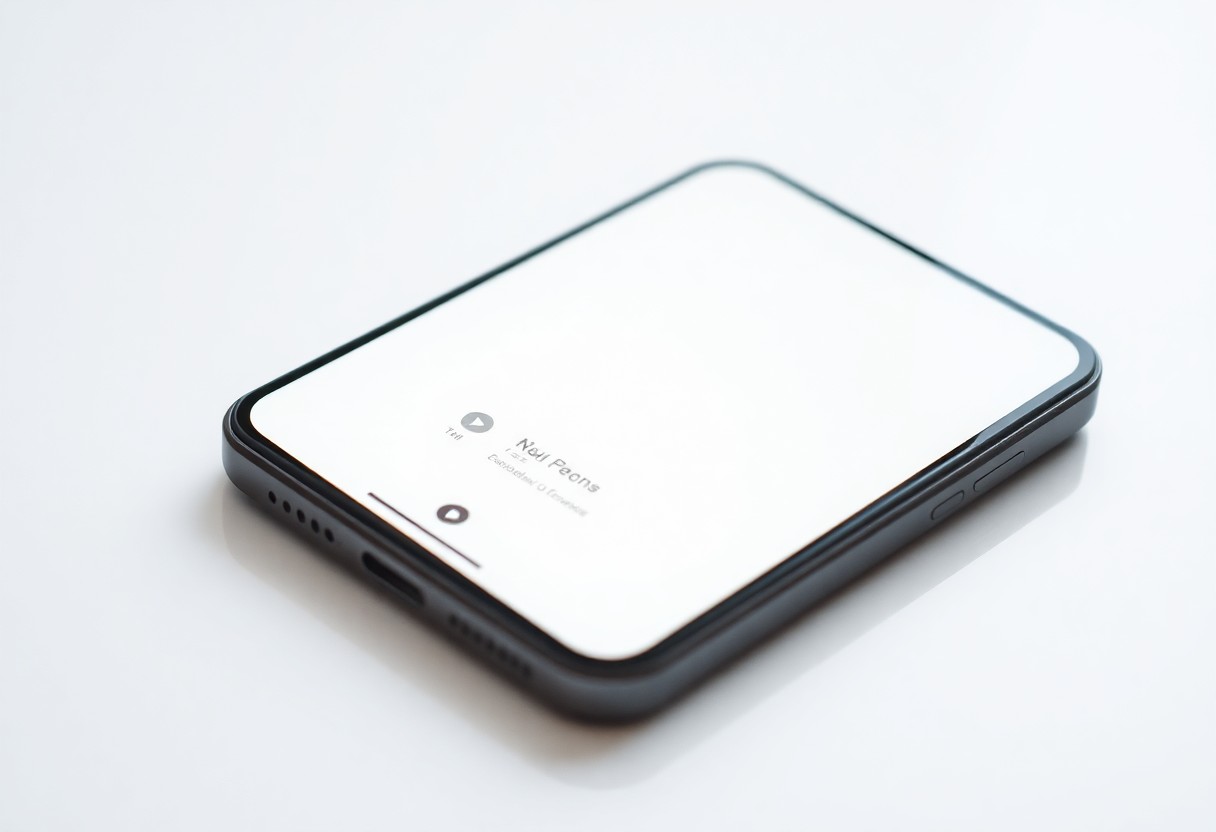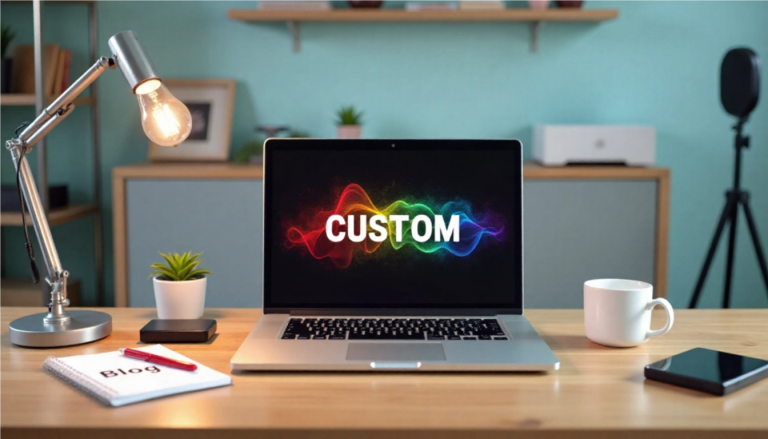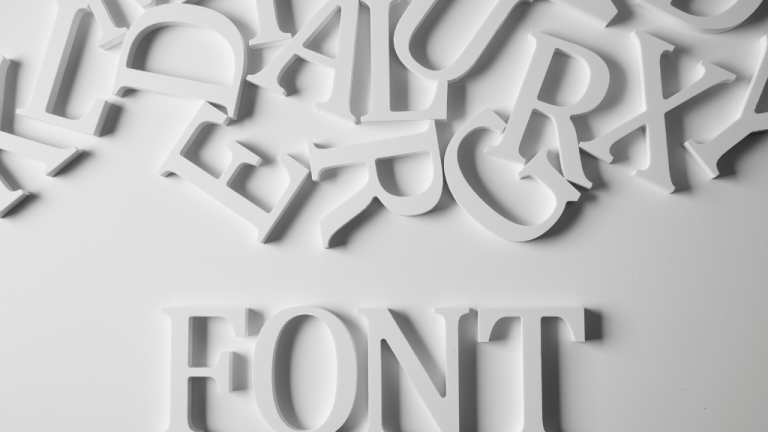The Role of Whitespace in User Interface Design
It’s vital to understand how whitespace significantly influences user interface design. By effectively utilizing whitespace, you can enhance readability, create visual hierarchies, and improve overall user experience. Your design decisions surrounding spacing can guide users’ attention and facilitate smoother navigation, making it a fundamental aspect of creating intuitive interfaces. This post will explore how you can leverage whitespace to optimize your designs and elevate user satisfaction.
Definition of Whitespace
Whitespace, often referred to as negative space, is the unmarked area between design elements. It’s not just empty space; it serves a functional purpose in layout and aesthetics, enhancing readability and guiding users’ attention. The effective use of whitespace allows you to create visual breathing room, enabling information to stand out without overwhelming the viewer.
Types of Whitespace
Whitespace can be categorized into two main types: passive and active. Passive whitespace is the area surrounding elements that contributes to layout without necessarily drawing attention. Active whitespace is deliberately used to create emphasis, lead the user’s eye, or enhance the overall aesthetic. Understanding these types enables you to strategically place elements for optimal impact.
- Passive whitespace surrounds content.
- Active whitespace is used to emphasize elements.
- Vertical whitespace refers to spacing between lines or sections.
- Horizontal whitespace creates separation between items.
- After identifying the types, you can leverage them in your designs.
| Type | Description |
| Passive | Surrounds elements, aids layout without emphasis. |
| Active | Deliberately used to highlight important content. |
| Vertical | Space between lines or sections for readability. |
| Horizontal | Separation between individual items within a layout. |
| Negative Space | Regarded as an imperative design element in aesthetics. |
Importance of Whitespace in Design
Whitespace plays a pivotal role in creating clarity and focus within your interface. It guides the user’s eye, ensuring that they can easily navigate through content and understand the hierarchy of information presented. By carefully considering whitespace, you enhance usability, making your design intuitive and inviting. Well-implemented whitespace can reduce cognitive load, enabling a smoother interaction experience.
Research demonstrates that interfaces with sufficient whitespace result in faster comprehension and improved engagement rates. For instance, a study showed that adequate spacing can increase user attention to key content by up to 20%. When you apply whitespace thoughtfully, it not only beautifies the design but significantly enhances the overall functionality, inviting users to engage rather than feel overwhelmed. Many successful websites utilize whitespace effectively, transforming their layouts into user-friendly environments that compel interaction and foster satisfaction.
Benefits of Whitespace
Whitespace is a powerful tool in user interface design that enhances both aesthetics and functionality. By using it effectively, you can create a more organized layout that directs users’ attention to important content. This strategic use of space not only helps in navigating elements easily but also elevates the overall user experience, ensuring that users engage more intuitively with your interface.
Enhancing Readability
Incorporating whitespace improves readability by facilitating the easy scanning of text. When you provide sufficient spacing between lines and paragraphs, users can digest information quicker, leading to a more enjoyable reading experience. Well-structured whitespace helps distinguish headings from body text, creating visual hierarchy that guides your audience through the content effortlessly.
Improving User Experience
Whitespace plays a vital role in improving user experience by reducing cognitive load. You’ll find that well-spaced elements help users focus on specific tasks without feeling overwhelmed. Enhanced spacing around buttons, forms, and images makes interactions clearer and more intuitive, paving the way for seamless navigation. As a result, users are more likely to stay engaged and complete their tasks efficiently. Whitespace distinctly shapes user interactions by making visual elements stand out. Studies indicate that interfaces with adequate spacing lead to higher user satisfaction scores. For example, a study from the Nielsen Norman Group found that users are 20% more likely to follow calls to action when buttons are properly spaced. This clarity fosters a positive environment, encouraging users to explore and interact with your interface confidently.
Whitespace and Visual Hierarchy
Whitespace plays a pivotal role in establishing visual hierarchy, guiding users’ eyes to the most important elements on your interface. Strategic use of whitespace around key components, like buttons or headings, helps users prioritize their attention. For instance, a well-placed call-to-action button surrounded by ample empty space stands out significantly, encouraging user interaction more effectively than a cluttered layout. This intentional spacing not only improves aesthetics but also enhances usability, making navigation intuitive and seamless.
Creating Focus
Effective use of whitespace allows you to direct attention to specific elements, creating a focal point within your design. By surrounding key visuals or text with ample space, you eliminate distractions and enable users to process information efficiently. This practice increases the likelihood of user engagement, as they are more likely to notice and interact with these highlighted elements.
Organizing Information
Whitespace aids in organizing information by segmenting distinct sections of your layout. By using varying amounts of space between paragraphs, images, and other components, you create a clear structure that enhances readability. This organized approach helps users to quickly locate information they need, reducing cognitive overload and improving overall user experience.
For instance, in a content-rich website, white space around each section can delineate topics, making it easier for users to navigate between categories. Consider placing wider gaps between different content blocks, such as articles or services, to signal that each serves a unique purpose. This separation allows your audience to transition smoothly from one segment to another, increasing comprehension and retention of information. Data suggests that users spend 20% more time on pages designed with effective whitespace, proving that a well-structured layout resonates with their reading habits.
Best Practices for Using Whitespace
Applying whitespace effectively requires strategic thinking and a clear understanding of user interaction. Start by assessing the layout and determining which elements require emphasis while allowing others to breathe. Utilize generous margins and padding around content blocks to guide user attention, making it easier for them to digest information without unnecessary clutter. Consistency in your spacing practices will also support a cohesive experience throughout your interface.
Designing with Intent
Intentional design involves consciously placing whitespace to enhance meaning. Each element should have breathing room that reinforces its purpose. For example, separating buttons from surrounding text can signal their importance and clarify actions for users. This targeted use of space helps create a more intuitive navigation experience.
Balancing Content and Space
Effective design strikes a balance between content and whitespace, ensuring users are not overwhelmed. Too much whitespace can make a layout feel sparse, while too little can lead to confusion. Aim for a harmonious relationship where each element is adequately spaced to maintain clarity and focus, allowing content to shine without being lost in a crowded layout.
To achieve this balance, consider the hierarchy within your design. Prioritize important information by giving it more space, while using tighter spacing for less critical elements. Analyzing user behavior can also help inform how much whitespace is necessary, as insights from A/B testing can guide adjustments to improve user engagement. Brand guidelines may offer additional direction on how much space feels appropriate to maintain your aesthetic while still ensuring usability.
Common Misconceptions
Misunderstandings about whitespace can hinder effective user interface design. Many believe that more information packed into a UI is always better, which can lead to clutter and confusion. Others think whitespace is just empty space, ignoring its potential to enhance focus and user experience. Addressing these misconceptions can lead to more intuitive and aesthetically pleasing interfaces.
Whitespace as Wasted Space
Viewing whitespace as wasted space undermines its true purpose. Instead of being unproductive, whitespace acts as a visual breathing space that helps users navigate and process information more effectively. By utilizing whitespace, you can create a clean layout that allows crucial elements to shine, ultimately improving usability.
Complexity vs. Simplicity
Mistaking complexity for sophistication can lead to overwhelming user experiences. A well-designed interface prioritizes simplicity through thoughtful use of whitespace, making it easier for users to complete tasks efficiently. Emphasizing clarity without unnecessary distractions showcases your design’s true value.
Complexity often arises from an overabundance of features and elements packed tightly together. Striking a balance between functionality and simplicity is paramount. You might consider employing the principle of “less is more,” allowing whitespace to define sections and direct attention to key features. For example, successful apps like Google and Apple consistently utilize ample whitespace, enabling users to focus on one task at a time without feeling overwhelmed. This intentional design choice reinforces that simplicity, when combined with effective whitespace, can lead to a more enjoyable and user-friendly experience.
Case Studies
Analyzing real-world applications of whitespace in user interface design sheds light on its impactful role. Through various case studies, you can observe the tangible benefits whitespace brings to user experience, functionality, and overall design effectiveness.
- Airbnb: After redesigning their listings page to incorporate more whitespace, Airbnb reported a 20% increase in user engagement.
- Dropbox: By simplifying their interface with adequate whitespace, Dropbox achieved a 30% uplift in conversion rates on their sign-up page.
- Google: Google’s homepage utilizes generous whitespace, resulting in faster load times and a 10% increase in user satisfaction scores.
- Apple: The clean design of Apple’s website employs whitespace strategically, enhancing product aesthetics and increasing online sales by 15%.
Successful Implementations
Whitespace has been effectively integrated into various platforms, demonstrating significant improvements in user experiences. Companies like Airbnb, Dropbox, and Apple have all capitalized on whitespace, achieving measurable enhancements in user engagement, conversions, and sales metrics. These real-world outcomes highlight how strategic whitespace usage can not only elevate aesthetic appeal but also drive business results.
Lessons Learned
Insights from implementing whitespace principles illustrate key takeaways that can guide future design decisions. Companies discovered that balancing whitespace with content is important; too much or too little can negatively impact usability. Tests reveal that users often respond favorably to interfaces where whitespace creates a sense of openness, ultimately enhancing clarity and focus.
Evaluating these lessons emphasizes the need for an intentional approach when incorporating whitespace. The careful calibration of spacing improves interface clarity and drives user interaction significantly. Design iterations that prioritize whitespace lead to improved navigation and cognitive processing, suggesting that thoughtful application can yield substantial positive outcomes. You will find that recognizing the right level of whitespace fosters user confidence and satisfaction, strengthening their overall experience with your product.
Summing up
The role of whitespace in user interface design cannot be overstated; it significantly enhances the usability and aesthetics of your layout. By strategically utilizing whitespace, you can improve content readability, guide user attention, and create a more balanced composition. This deliberate spacing allows you to elevate the overall user experience by making your interface more approachable and functional. Emphasizing whitespace in your designs will lead to greater satisfaction and engagement from your users, ultimately contributing to the success of your project.






